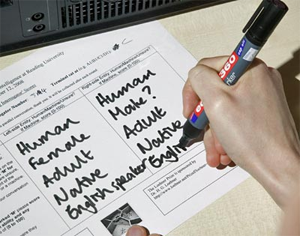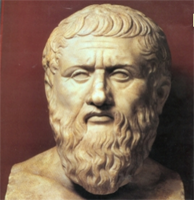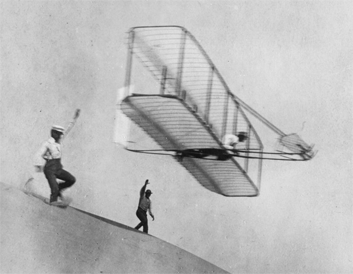Can Computers Think?
13/07/2013
A great question in philosophy is if a computer could ever think, be concious, have any real intelligence.
Most people believe this idea of Strong AI is impossible - a computer can never be conscious because it is not alive. This is an intuitive viewpoint - but hard to prove.

The problem is this: it is more than possible to imagine an android convincing enough to trick our perceptions. One that is indistinguishable from Humans on all face-value characteristics. What test can possibly be given to one of these androids to prove it's unconsciousness? To develop a unbeatable test, is the only way to prove that Strong AI is impossible.
In 1950 Alan Turing proposed the Turing Test. It revolved around a conversation between a human and either another human or a computer. If the human could regularly tell the difference between the human and the computer, then the computer was said to lack Strong AI. Every year amateurs and hobbyists line up to try and win the modern day version - the Loebner Prize. Chatbots often foil the judges and laymen that interacting with them - but most fall when put under close and intense scrutiny.
Certainly computer currently can't emulate complex human behaviors like conversation, but to prove that they never will be able to is too is very hard.
But even if the consciousness of others is hard to prove, there is one thing we can always attest to - our own consciousness. I say 'I am' and I know I cannot prove myself wrong. Can we can use this to answer the question at least of our own computation? Surely this shows that we ourselves are not automata and that we are something different.
I believe it comes down to a matter of semantics.
Even if a computer was to complete the Turing Test it is clear what still separates us from the automata is not the resulting behavior, but the process of getting there. Even if a computer acts like a Human, it does not do it via the same means or for the same ends. We act as humans in human ways, with true human motivations. The automata arrives there through the method of a pretender. As the magician does not really make the rabbit disappear, the automata only behaves like a human through some trickery.
Similarly we say an automata can only think through some trickery - they cannot have a true thought.
This question of thought is remarkably similar to the question of the difference between Knowledge and True Belief.

Plato believed (or did he know?) that knowledge was justified true blief. That is - to hold knowledge is to believe that something true, is true, and to be justified in that idea. For example I know London is in England because I am from England, and I live in London.
Under this idea the process of acquiring belief is as important as the outcome. If the process is unjustified then the outcome is not knowledge, it is something different.
Oddly, in natural language this distinction is not always the case. Certainly a bird and a plane do their flying by drastically separate means - but no one would contend that they do not both fly.
When this distinction becomes important in language seems to be when it concerns our status as human beings in the universe. Making a clear distinction between true belief and knowledge is important because it tells us the difference between a fool and a genius. It teaches us how to approach life, and it describes how to know when something is. The difference between a bird and a plane's flight is less important.
In Computer Science when two systems achieve the same results via different means we call this a Bisimulation.
Running a Race | Walking a Race | Not Bisimilar & Not Eqivalent
Reading a Book | Reading a newspaper | Bisimilar & Equivalent
Bird's Flight | Plane's Flight | Bisimilar & Not Equivalent
True Belief | Knowledge | Bisimilar & Not Equivalent
Even when Human Thought and Computation achieve the same results, we know the method is different. So they may be Bisimilar, but they are Not Equivalent
Human Thought | Computational Thought | Bisimilar & Not Equivalent
So clearly it comes down to semantics. And what is meant by Thought.
But I still believe only one of these interpretations is really correct - The Bisimilar interpretation. Let me explain:
If a computer does not think, does it perform addition? The process by which humans and computers add numbers could not be more different. If it does not think, does it scan? print? process? Does a Microwave cook? Does a Phone ring? text? call? Does technology do anything?
Bisimilarity is clearly the default meaning in our language. Metaphor is engrained in our language and all aspects of our life. It is not just because for somethings we lack names, it is a cornerstone in our understanding too.

It is only when some aspect of humanity is involved do philosophers exploit this semantic confusion to support their point. And I don't blame them. It is natural for humans to have a tendency to shift this semantic bias when the self is involved.
"Everyone else may be an automata," we say, "but I am different - my dreams are true. My ideas are inspired, and I have knowledge."
It my eyes it is time to admit that Machines Think. They may not think as I do, but nor do you. They may not be conscious as I am, but nor are you.
In 1895 Lord Kelvin made his famous statement -
"heavier-than-air flying machines are impossible."
I wonder what he would have said, as he lived out the last few years of life, upon finally seeing the Wright Brothers and their fantastic machine soaring in the skies?
I suspect I can guess -
"That is not true flight. It is but simple trickery."